At the meeting to review the Action Plan to implement the growth target of the agriculture and environment sector (A&E) and total export turnover of agricultural, forestry and fishery products (AFF) in 2025 on the afternoon of April 1, the Deputy Ministers of Agriculture and Environment proposed a number of solutions to realize the growth target of 4% for the whole sector.
Of which, the added value of the agricultural sector is expected to reach 3.85%, with the growth rate of the crop sector from 2.4 - 2.9% and the livestock sector from 5.7 - 5.98%. The aquaculture sector is expected to increase by 4.35% and the forestry sector aims for a growth rate of 5.47%. In parallel with the growth target, the agricultural sector aims for a total export turnover of 65 billion USD, striving to reach the milestone of 70 billion USD.
Productivity and production land both reach the threshold.
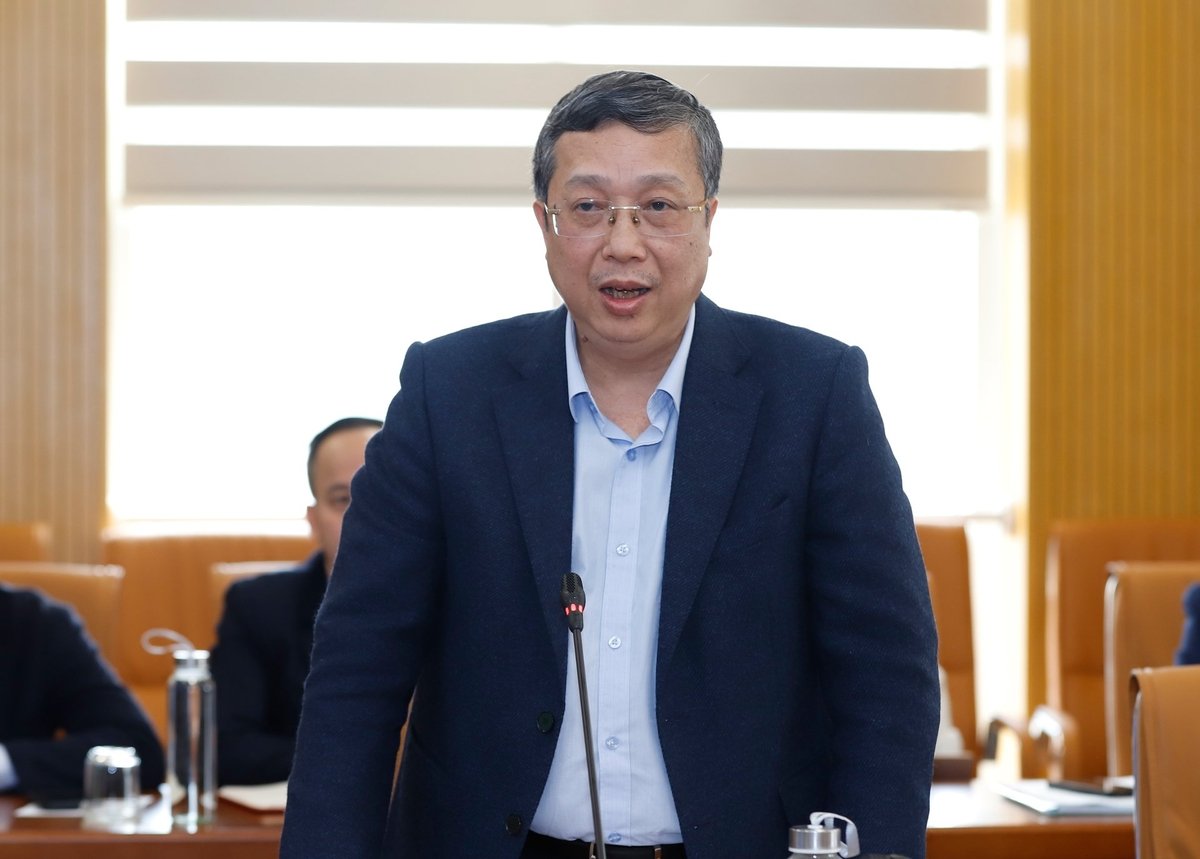
Deputy Minister of Agriculture and Environment Hoang Trung. Photo: Khuong Trung .
According to Deputy Minister Hoang Trung, to achieve the target of double-digit GDP growth and at the same time ensure a 4% increase for the entire agricultural sector, we have been making maximum efforts in each production sector and each group of agricultural products. When the agricultural land area cannot be expanded, the only solution is to increase the value per unit of cultivated area.
In the field of cultivation, rice output has reached about 43 million tons/year, with a total cultivated area of only 3.32 million hectares. To optimize production efficiency, the Ministry of Agriculture and Environment has implemented a development strategy for each ecological region, and at the same time reviewed and converted ineffective cultivated areas to crops with higher economic value.
Meanwhile, vegetables and fruits still have much room to grow, setting many records in recent years. Key industrial crops for consumption and export also recorded significant output growth, contributing significantly to the overall development of the industry.
Increasing product value lies not only in output but also in ensuring stable quality. In early 2025, some products encountered technical barriers due to not meeting quality requirements, but thanks to timely solutions, these products have gradually returned to the export orbit.
And right from the beginning of the year, the crop production sector has developed a detailed plan and assigned specific targets to each locality. Pest control is focused on to reduce post-harvest losses. In addition, the crop production sector has promoted deep processing and implemented comprehensive solutions to overcome technical barriers.
Good control of these factors will help the crop industry maintain growth from 2.65% to 2.9%, provided the weather conditions are not too unfavorable.
Besides, unblocking resources and removing bottlenecks in exports will help avoid stagnation, ensure stable production and sustainable development.
According to Deputy Minister Phung Duc Tien, digital transformation, circular economy and administrative reform are the three main pillars for agricultural growth. However, the question is what will be the new driving force and how to best utilize these factors to create breakthroughs for businesses and farmers?
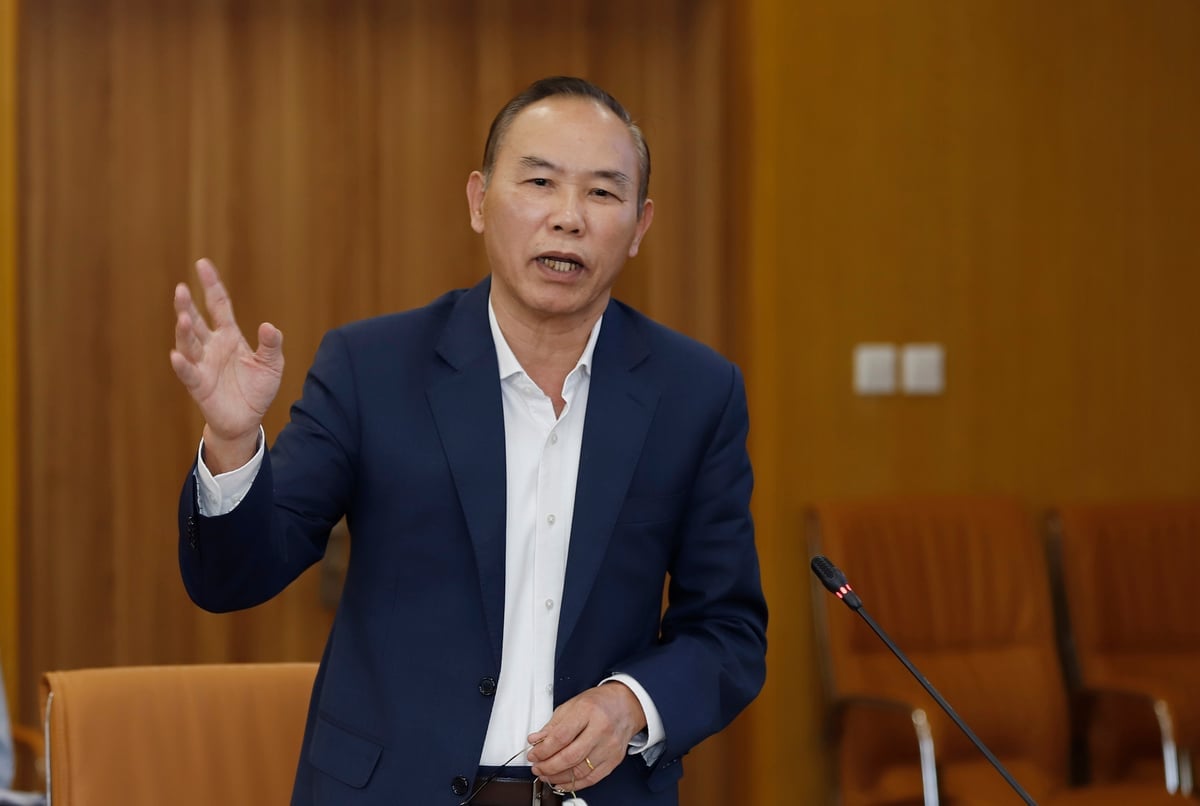
Deputy Minister of Agriculture and Environment Phung Duc Tien. Photo: Khuong Trung .
Deputy Minister Tien stated that in the livestock sector, it is necessary to focus on improving the quality of breeding stock and ensuring self-sufficiency in animal feed sources. These two key factors help increase productivity and reduce production costs. In addition, reducing post-harvest losses is also an issue that needs attention, contributing to optimizing the value chain in the agricultural sector.
4% growth prospect for agriculture - environment
Regarding the forestry sector, Deputy Minister Nguyen Quoc Tri emphasized that in 2024, wood and forest product exports also increased to a record level, and will continue to develop on this basis in 2025. In particular, some outstanding issues of the forestry sector need to be clarified and specifically recorded, including income from firewood and the benefits of forest carbon credit services.
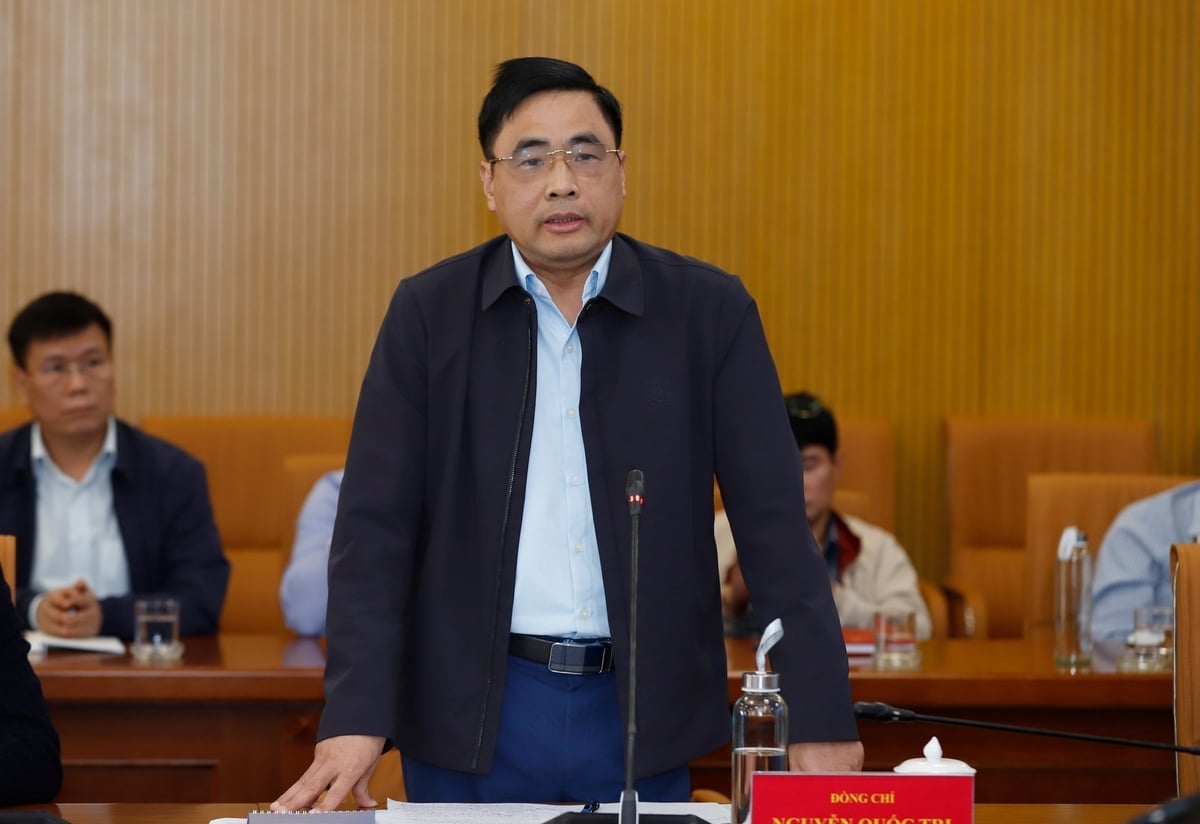
Deputy Minister of Agriculture and Environment Nguyen Quoc Tri. Photo: Khuong Trung .
One of the important orientations of the industry is to increase the planting of large timber forests, ensuring productivity and wood quality.
Regarding wood exports, the industry has set ambitious targets. In the first 3 months of 2025, wood and wood product exports reached 3.95 billion USD, up 11.6% over the same period in 2024. The Planning Department has assigned a target of 8.5 billion USD in wood exports, creating important momentum for the industry to continue contributing to overall economic growth.
Discussing market connectivity, Deputy Minister Tran Thanh Nam said that many localities in the Mekong Delta are still hesitant to set an agricultural growth target of 4%, despite their strengths in agricultural production. Deputy Minister Nam affirmed that there is every reason to believe that the locality will reach 4%. Because many localities have not yet fully compiled statistics on their strong products, the Ministry of Agriculture and Environment needs to review and evaluate key products and recommend that localities include those items in their growth plans.

Deputy Minister of Agriculture and Environment Tran Thanh Nam. Photo: Khuong Trung .
“In the first quarter, the seafood and fruit industries recorded good growth. In particular, durian and cassava are expected to continue to grow in the coming time, as China has relaxed its plant quarantine measures. If this trend continues for all four quarters, it is entirely possible to achieve impressive overall growth. However, this requires strong efforts from localities,” Deputy Minister Nam affirmed.
Deputy Minister Nam suggested that the Department of Planning and Finance focus on food safety in the Action Plan to implement the growth target of the agriculture and environment sector. Accordingly, the Ministry of Agriculture and Environment needs to closely coordinate with customs to control border gates well, limiting the circulation of goods outside the official system.

Deputy Minister of Agriculture and Environment Vo Van Hung. Photo: Khuong Trung .
Finally, Deputy Minister Vo Van Hung emphasized that building a smooth mechanism not only serves the growth target in 2025 but also creates a foundation for the next stages. If we only focus on increasing quantity, we will soon reach the limit. Therefore, we need to shift to improving quality and value, especially promoting deep processing and developing the seed industry.
“Enhancing product value lies not only in quality but also in telling the cultural story behind each agricultural product. At the same time, we need to put forward hypotheses and response plans in the context of changes in the political system, institutions and new standards and regulations,” Deputy Minister Vo Van Hung affirmed.
Source: https://nongnghiep.vn/cac-thu-truong-dua-giai-phap-tai-co-cau-nganh-nong-nghiep-d746049.html


![[Photo] Prime Minister Pham Minh Chinh and Prime Minister of the Kingdom of Thailand Paetongtarn Shinawatra attend the Vietnam-Thailand Business Forum 2025](https://vphoto.vietnam.vn/thumb/1200x675/vietnam/resource/IMAGE/2025/5/16/1cdfce54d25c48a68ae6fb9204f2171a)





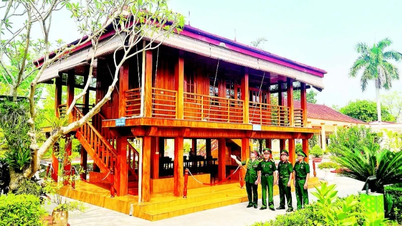

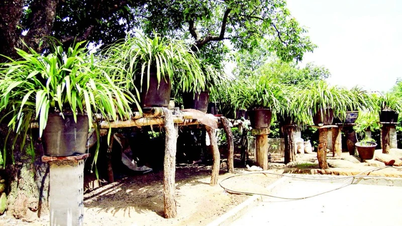
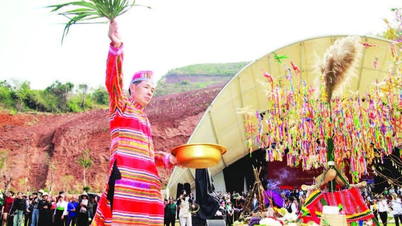
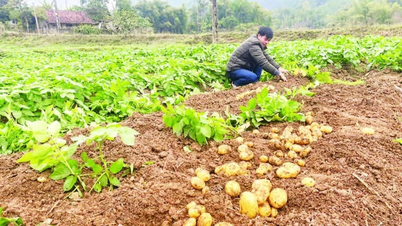
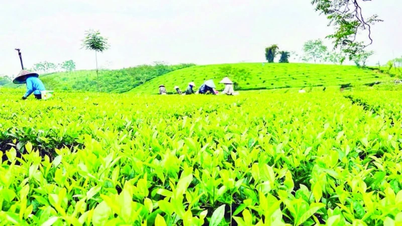
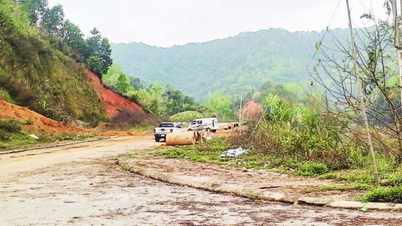







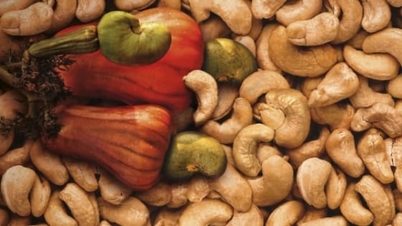
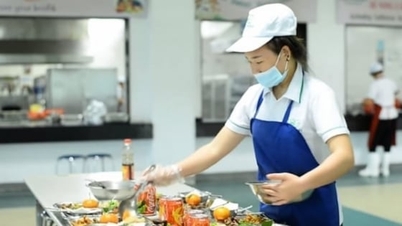
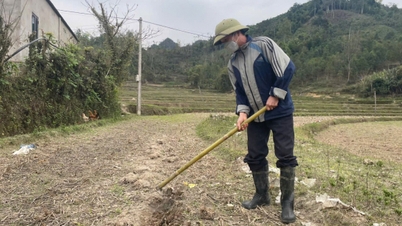
![[Photo] President Luong Cuong receives Prime Minister of the Kingdom of Thailand Paetongtarn Shinawatra](https://vphoto.vietnam.vn/thumb/1200x675/vietnam/resource/IMAGE/2025/5/16/52c73b27198a4e12bd6a903d1c218846)


















































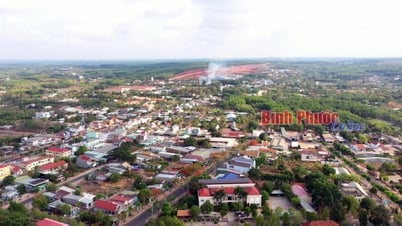

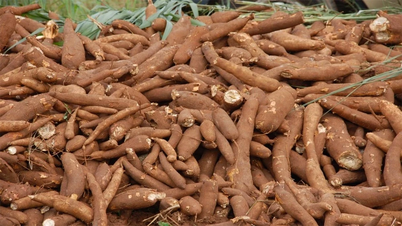











Comment (0)